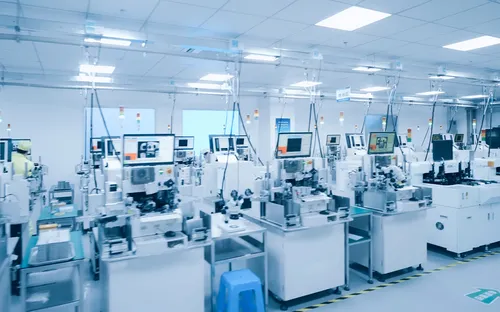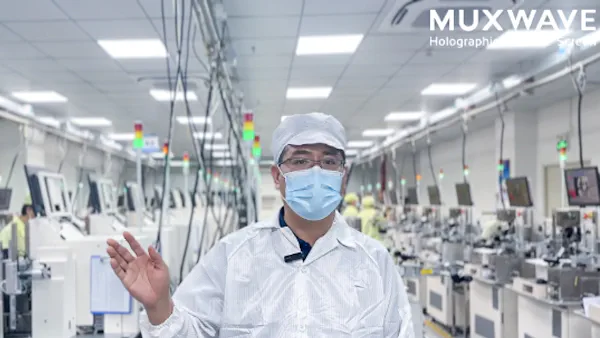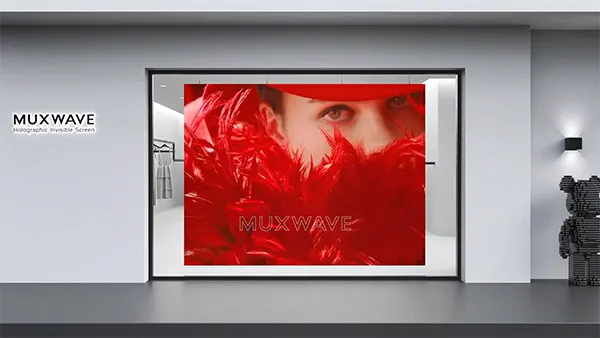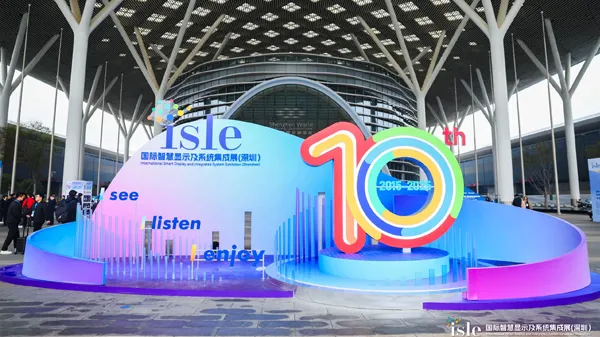What are Static Drive and Scan Drive in LED screens?
Static Drive involves a “point-to-point” control mechanism from the output pin of the drive IC to the pixel. Scan Drive involves a “point-to-line” control mechanism from the output pin of the drive IC to the pixel.
What are the differences between Static Drive and Scan Drive in LED screens?
Scan Drive requires a row control circuit, clearly visible on the driver board. In contrast, Static Drive does not require a row control circuit, resulting in higher costs but offering superior display quality, stability, and minimal brightness loss. On the other hand, Scan Drive necessitates a row control circuit, has lower costs, but displays inferior quality and greater brightness loss.
Muxwave’s holographic transparent screen differs from other LED displays as it adopts a single-lamp single-control, static scanning method. It is an innovative transparent LED display with features such as transparency, high-definition image quality, naked-eye AR visual effects, high brightness, and high contrast. It can be seamlessly applied to transparent glass in buildings or any space, maintaining the glass’s transparency and space permeability without obstructing light or visibility. When in use, it instantly transforms into a high-definition large-screen display. It is the world’s first large-scale seamless, fully transparent, and high-definition LED display product, featuring a breakthrough design without seams.



